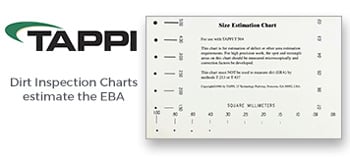Don't Let Profits Go Up in Smoke: Modern Air Pollution Control systems Reduce energy Costs and Destroy Higher Levels of Air Pollutants, 2006 PLACE Conference

Please Note: This document will be available in PDF format in the "My Electronic Documents" link on the home page once your order has been completed. Please make sure you have the latest version of Acrobat Reader. Click on the Acrobat Reader icon to check for the latest version, it’s FREE. To print a hardcopy of a PDF file correctly you must have a postscript printer. If you are not sure if your printer is a postscript printer please refer to your owner’s manual.
Since the early 1970’s air pollution control regulations have required many printing, coating and laminating operations to install emission control systems designed to treat manufacturing facilities exhaust stacks…or be faced with the possibility of stiff non-compliance fines. To meet these regulations many companies installed and have since operated some type of thermal or catalytic oxidizer. While these units proved sufficient at the time, modern, highly efficient APCS (Air Pollution Control System) designs are capable of significantly reducing energy consumption while also destroying higher levels of air pollutants (Volatile Organic Compounds - VOC’s and/or Hazardous Air Pollutants - HAP’s). As energy costs rise and clean air regulations become more stringent and/or enforced, replacing older equipment with a modern system will certainly prove to be beneficial to any company’s P&L statement. (See Figure 1) For additional savings, secondary recovery units can be incorporated within the design of a new APCS or retrofitted into an existing design. These secondary recovery units are designed to capture energy normally being exhausted to the atmosphere and use it for process make-up air, building comfort heating, etc.





